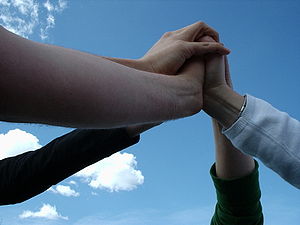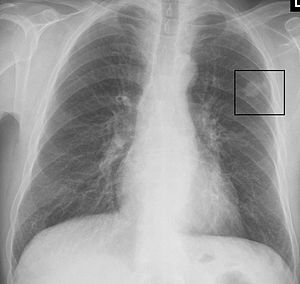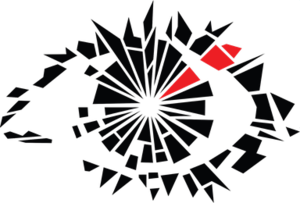Finding out you have cancer, going through treatment, beating cancer and being blessed with a second chance to continue on with your life are things you never, ever forget.
You also never forget the other people with cancer you meet along your journey.
So during this month of breast cancer awareness, as I watched the Ford Warrior’s in Pink; ‘Bang the Drum: Living Out Loud in the Face of Breast Cancer’ documentary, my thoughts naturally turned to my beautiful friend Jade.
Jade: A Model of Strength and Courage
I met Jade in the Fall of 1988 when I started attending a support group for young adults with cancer. She had breast cancer, just like two other women in the group, Katie and Benita.
When we met she was near the end of her treatment and things were going well for her. The visible signs of her cancer faded once her treatment was over. Her jet black hair grew back, the color returned to her cheeks and she opted for breast reconstruction surgery.
I'm pretty sure if we hadn't of had cancer at the same time, we probably would have never met. Jade was about ten years older than me, recently divorced and working in the fashion industry. I was a 22 year old college drop-out who was living at home. Despite our different backgrounds, we became friends.
With the others, she welcomed me to the group. She shared with us how her cancer experience spurred her on to transform her life. She bloomed before our eyes as she went out and built that better life she wanted, surrounding herself with love, beauty, health and comfort. She inspired me to do the same.
In my life, I have met a few people I wished I could be and Jade was absolutely one of those people.
What drew me to Jade was her confidence, courage, empathy and encouragement. Putting her life together after cancer wasn't easy, but she did it with such aplomb. And when I hit a few bumps in the road as I was putting my life back together too, she reached out and helped me get through them.
Unfortunately her breast cancer came back nine months later. I did everything I could to be there for her as she faced more rounds of treatment. Tragically, she lost her battle on December 6, 1990 at the age of 35. I was one of many mourner at her funeral who were all grief-stricken over the death of someone so young and so full of life and vitality who was taken away from us much too soon.
I know she is just one of many fallen breast cancer warriors. She may have lost her battle, but she lives on in my heart forever.
Today my grief has been replaced with hope, hope that her cancer experience has in some small way helped researchers and doctors improve the treatments and the care they provide to those battling breast cancer receive today.
Jade was a fashionista, long before anyone had coined the term, and I think she would have loved this Circle of Hope scarf from the Ford Warriors in Pink collection which you can find here: http://www.warriorsinpink.ford.com/. I'm buying one to help fund the continuing fight against breast cancer and I'm wearing it as a tribute to my friend and breast cancer survivor Jade.
This October, Ford Warriors in Pink® has launched its first ever produced documentary, “Bang the Drum: Living Out Loud in the Face of Breast Cancer.” The film honors 11 female and male breast cancer survivors who have demonstrated strength and courage in their battle with its “Models of Courage” program.
2012 marks Ford Motor Company’s 18th year of support for the breast cancer cause. In that time, Ford has dedicated more than $115 million to the breast cancer cause.
You too can get involved in this tremendously worthy program! When you buy Ford Warriors in Pink apparel at fordcares.com, 100 percent of the net proceeds go directly to support breast cancer awareness all year long.
To keep connected, be sure to check out Ford Warriors in Pink on Facebook and follow @WarriorsinPink on Twitter.
This is a sponsored post written by me on behalf of Ford Warriors in Pink. The opinions and text are all mine.

































